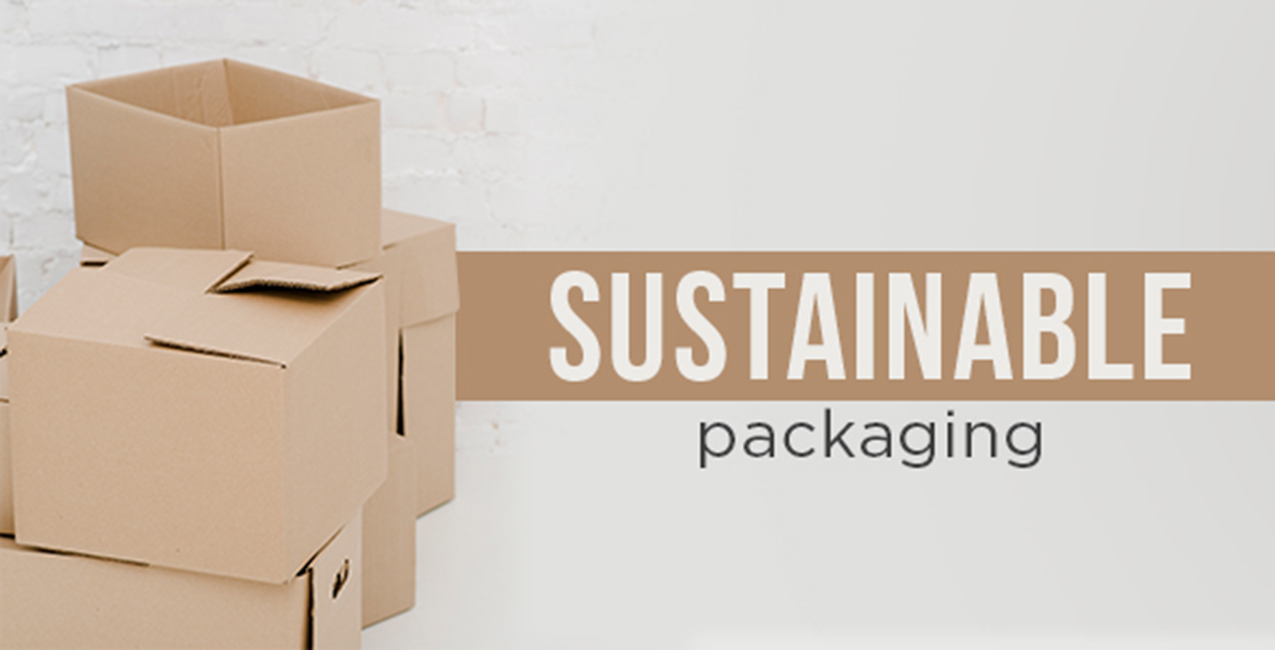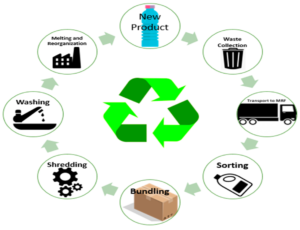Do you ever wonder about the environmental impact of the packaging that your products come in? Did you know that packaging accounts for up to 30% of all waste in landfills? And that plastic packaging is one of the most common types of litter found in our oceans? The good news is that there are a number of sustainable packaging solutions that businesses can adopt to reduce their environmental impact. In this blog post, we will explore some of these solutions and discuss how they can help to promote environmental responsibility and create a greener future.
What are sustainable packaging solutions?
Sustainable packaging solutions are packaging materials and practices that are designed to reduce the environmental impact of packaging. This includes using materials that are renewable, recyclable, or compostable; reducing the amount of packaging used; and designing packaging that is easy to recycle or compost.
Some of the most common sustainable packaging solutions include:
Reusable packaging:
Reusable packaging can be used over and over again, which reduces the need for disposable packaging. Some examples of reusable packaging include canvas bags, reusable water bottles, and food containers.
Biodegradable packaging:
Biodegradable packaging is made from materials that can be broken down by microorganisms. This includes materials such as cornstarch, sugarcane, and vegetable oil. Biodegradable packaging can be composted, which helps to reduce the amount of waste that ends up in landfills.
Compostable packaging:
2A48JTP Compostable Bag from a Grocery store, USA
Materials that can be broken down by microorganisms into compost form compostable packaging. This category encompasses materials like paper, cardboard, and food scraps. Consumers and industrial facilities alike can compost compostable packaging.
Recycled packaging:
Recycled packaging is made from materials that have already been used. This helps to reduce the demand for virgin materials and conserves natural resources. Recycled packaging can undergo recycling repeatedly, thereby reducing the volume of waste directed to landfills.
Minimalist packaging:
Designers create minimalist packaging to utilize as little material as possible. They achieve this by employing smaller packages, eliminating unnecessary packaging, and utilizing lightweight materials. Minimalist packaging aids in reducing the environmental impact of packaging by decreasing both the material used and the waste generated.
How can businesses adopt sustainable packaging solutions?
There are a number of ways that businesses can adopt sustainable packaging solutions. Some of these include:
Using recycled or recyclable materials:
Businesses can use recycled or recyclable materials in their packaging. This helps to reduce the demand for virgin materials and conserves natural resources.
Source Reduction:
One of the fundamental principles of sustainable packaging is source reduction. It aims to minimize the amount of packaging material used without compromising product safety or integrity. By designing packaging that uses fewer materials, we can significantly reduce waste.
Design for Disassembly:
Designing packaging for easy disassembly facilitates recycling and promotes circularity. When packaging components are easily separable, it enhances the efficiency of recycling processes and diminishes waste.
Designing packaging for recyclability:
Businesses can design their packaging so that it is easy to recycle. This involves the use of clear labels, abstaining from employing inks or adhesives that are not recyclable, and opting for recyclable materials.
Using reusable packaging:
Businesses can offer reusable packaging options to their customers. This can include reusable bags, water bottles, and food containers.
Providing recycling bins:
Businesses can provide recycling bins for their customers to use. This ensures proper recycling of packaging, preventing it from ending up in landfills or oceans.
Educating their customers about sustainable packaging:
Businesses can educate their customers about the importance of sustainable packaging and the benefits of using sustainable packaging solutions. This can be done through their website, social media, or in-store signage.
Benefits of Sustainable Packaging
The adoption of sustainable packaging solutions offers numerous benefits for both the environment and businesses. Some of these benefits include:
Reduced Environmental Impact:
Sustainable packaging minimizes waste generation, conserves resources, and reduces carbon emissions. It helps preserve natural habitats and protect biodiversity.
Enhanced Brand Reputation:
Brands that prioritize sustainable packaging demonstrate their commitment to environmental responsibility, earning the trust and loyalty of eco-conscious consumers.
Cost Savings:
Sustainable packaging practices often lead to cost savings in the long run. By reducing material usage, optimizing logistics, and improving resource efficiency, businesses can achieve financial benefits while being environmentally responsible.
Regulatory Compliance:
As governments and regulatory bodies tighten regulations on packaging waste, adopting sustainable packaging solutions ensures compliance with environmental standards.
Innovations in Sustainable Packaging
The field of sustainable packaging is constantly evolving, with innovations that push the boundaries of environmental responsibility. Some notable advancements include:
Bioplastics:
Bioplastics, derived from renewable sources such as corn starch or sugarcane, offer a viable alternative to traditional plastics. These biodegradable and compostable materials have the potential to reduce the environmental impact of packaging.
Reusable Packaging:
Reusable packaging systems, such as refillable containers or bulk dispensers, are gaining popularity. These systems encourage consumers to reuse packaging multiple times, significantly reducing waste.
Smart Packaging:
Smart packaging integrates technology to enhance functionality while minimizing environmental impact. Features like temperature monitoring, freshness indicators, and QR codes for product information help reduce food waste and improve consumer experience.
Minimalist Design:
Minimalist packaging design focuses on simplicity and uses the least amount of material necessary. It not only reduces waste but also communicates an eco-friendly aesthetic.
Conclusion
In a world grappling with the consequences of excessive waste and pollution, sustainable packaging solutions offer a path towards a greener future. By prioritizing source reduction, recyclability, and renewable materials, we can significantly reduce the environmental impact of packaging. The benefits extend beyond environmental responsibility to enhanced brand reputation, cost savings, and regulatory compliance. As consumers, we can make a difference by supporting businesses that embrace sustainable packaging practices. Together, let us choose a future where packaging is not just functional but also environmentally responsible.





